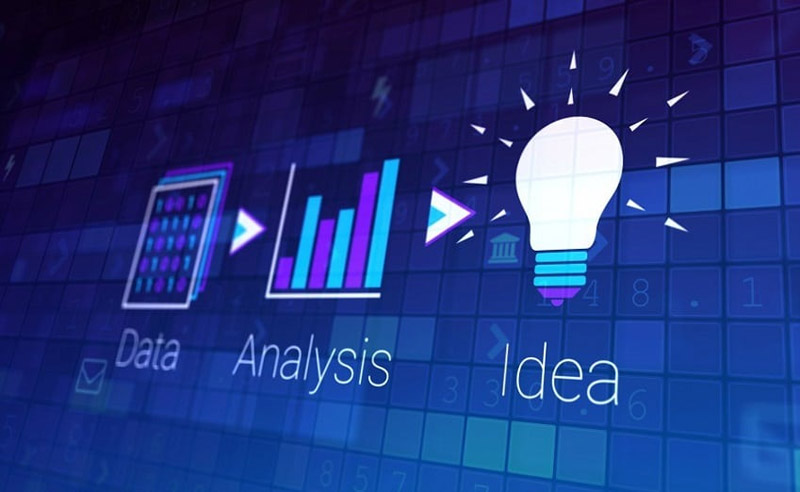Data Analytics, Data Science, Machine Learning, as difference people refer to it, the subject matter has witnessed enormous growth over the last two decades due to the increase in quantity of data, improvement in data collection techniques and methods, and a substantial enhancement in the power of computing data. Various data analyst jobs are pooling talent from multiple branches of engineering, computer scientist, statisticians and mathematicians and is increasingly demanding an all-around solution for numerous problems faced by the businesses in managing their data. As a matter of fact, not a single stream of business, engineering, science etc. has remained far from the reach of data analytics and are employing various data analysis tools on an on-going basis within their respective industries. Perhaps it can be one of the best times for students to enroll in a data analytics course and be future ready as the future is in data analytics.

But, as data analytic jobs are estimated to be in an upward trend shortly, here are some simple facts a person needs to know about data analytics before embarking a data analytics course or a career in data analytics
1. Data is Never Completely Clean
Theoretically, as taught during a data analytics course, analytics in the absence of data is just a group of theories and hypothesis, whereas data aids to test these theories and hypothesis towards finding a suitable context. But, when it comes to the real world, data is never clean and is always in a pile of mess. Organizations with established data science centers to say that their data is not clean. One of the major issues organizations face apart from missing data entries, or incorrect entries is combining multiple datasets into a single logical unit. The various datasets might face many problems which prevent its integration. Most data storage businesses are designed to be well integrated with the front-end software and the user who generates the data. However, many-a-times, data is created independently, and the data scientist arrives at the scene at a later stage and often ends up being merely a “taker” of data which is not a part of the data design.
2. Data Science is not entirely automated. The user will need to manually clean some data
A vast majority of people do not wholly understand what data analytics is? One of the most common misconceptions about data analytics is that the various data analysis tools thoroughly clean the data. Whereas, in reality, as the data is not always clean, it requires a certain degree of manual processing to make it usable, which requires intense amount of data processing, which can be very labor intensive and time-consuming, and the fact remains that no data analysis tools can completely clean the data at the push of a button.
Each type of data poses its own unique problem, and data analyst jobs involve getting their hands dirty and manually processing data to test models, validate it against domain experts and business sense etc.
3. Big Data is merely a tool
There is quite a lot of hype around the Big Data, but many people do not realize that it is only a collection of data analysis tools which aids working with a massive amount of data promptly. Even while using Big Data, one requires the utilize best data modeling practices and requires a trained eye of an expert analyst.
4. Nobody cares how you did something
Executives and decision making are often the consumers of various models of data science and continuously require a useful and workable model. While a person performing one of many data analyst jobs might be tempted to provide an explanation to how data was derived, in reality, these executives and decision makers care less how the data was acquired, and are more interested in its authenticity and how can it be used to improve any of their business functions.
5. Presentation is Everything
As most of the consumers of analytic solutions are not mathematicians and are experts in their respective fields, presentation plays a vital role in explaining your findings, in a non-technical manner, which is understandable to the end user. A PowerPoint presentation loaded with infographics can aid a data scientist in conveying the end-user their message in a language and mode of communication with is easy of them to understand.
